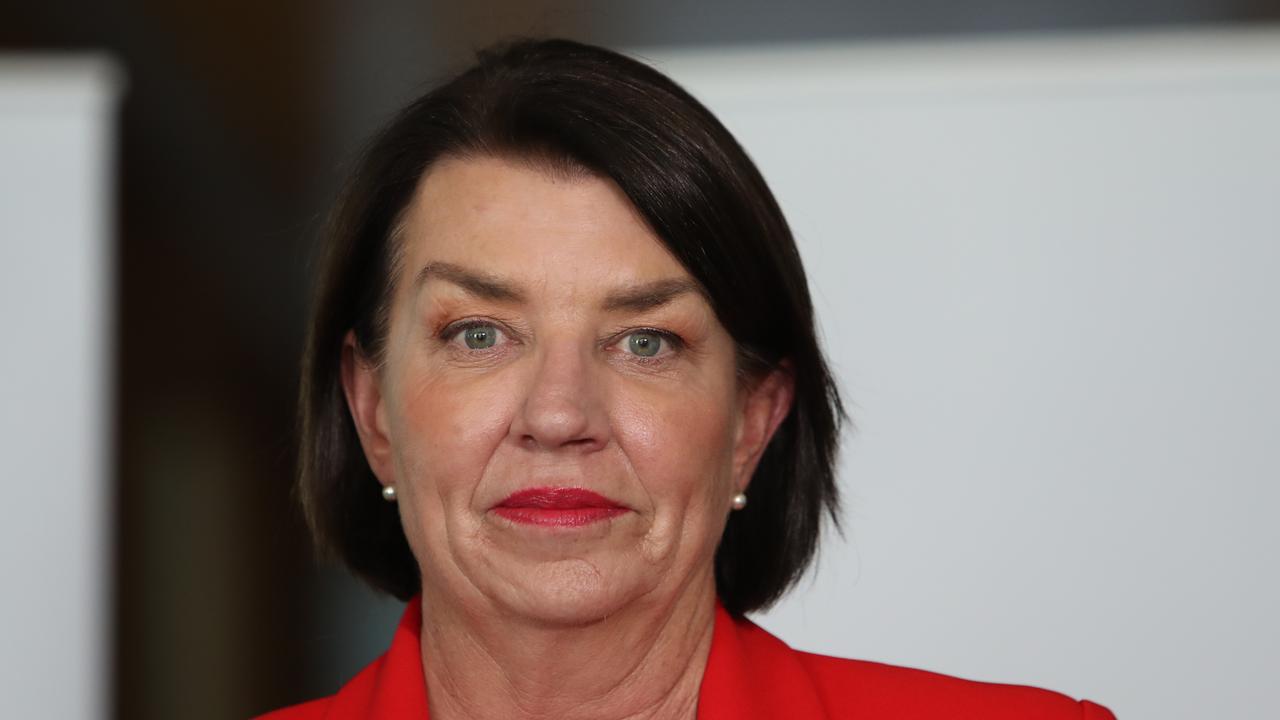Banking royal commission: big-four planners ‘could be charged’ for failing clients
Many of the 14,000 or so financial planners working for arms of the big banks could face prosecution for shoddy advice.

Many of the 14,000 or so financial planners working for arms of the big four banks could face prosecution for failing to act in the best interests of their clients by advising them into shoddy superannuation funds owned by their employers, according to an industry expert.
Financial planners were bound by laws requiring they act in the best interests of their clients “no matter who they work for”, said Peter Johnston, executive director of the Association of Independently Owned Financial Professionals.
“All financial advisers have been under a best-interests duty since July 1, 2013, when the FOFA legislation commenced, regardless of who they work for,” he told The Australian yesterday, referring to the Future of Financial Advice reforms.
“Every person in society can have their day in court; depending on the specific circumstances, consumers who have been put into underperforming funds would have a clear case for compensation.”
Mr Johnston’s comments came as the Australian Institute of Superannuation Trustees, which represents industry super funds, attacked as “cowboys” many of those retail funds operating outside the more tightly regulated MySuper field.
“We think the regulatory framework has let the banks off the hook by too much focus on the MySuper space, while the cowboys operated in the choice sector,” said institute spokeswoman Janet de Silva. “The Productivity Commission must look at the problems in the choice sector — why is it only focusing on the area that outperforms the rest of super — i.e. the default funds?”
Ms Silva’s comments were in response to revelations by The Australian yesterday that super companies owned by the big four banks were making hundreds of millions of dollars a year from customers investing in the lowest risk “cash options”. Customers were paid returns as little as a quarter of actual market rates.
MySuper was introduced by the federal government in 2011 with the aim of protecting super holders who did not take an active interest in their balances from being gouged by funds charging high fees.
Most people stay with the fund their employer puts them into, so any such “default” must be a MySuper product. Those products are far more closely monitored by authorities and forced to follow stricter disclosure rules.
Opposition financial services spokesman Chris Bowen said the issues revealed by The Australian yesterday were concerning.
“Retail funds, just like other parts of the superannuation sector, need to constantly be able to demonstrate to investors the value-for-money and return-on-investments propositions,” he said. “This is yet another reminder of the need for younger and middle-aged Australians to stay engaged with their superannuation and to examine how their super fund is performing.”
Mr Johnston said the “unfortunate tolerance” of vertical integration — where a bank owns super funds it sells through its financial planners — had “lulled some institutional investors into thinking they had immunity” from the requirements to act in their clients’ best interests. This was “clearly erroneous”, he said.





To join the conversation, please log in. Don't have an account? Register
Join the conversation, you are commenting as Logout